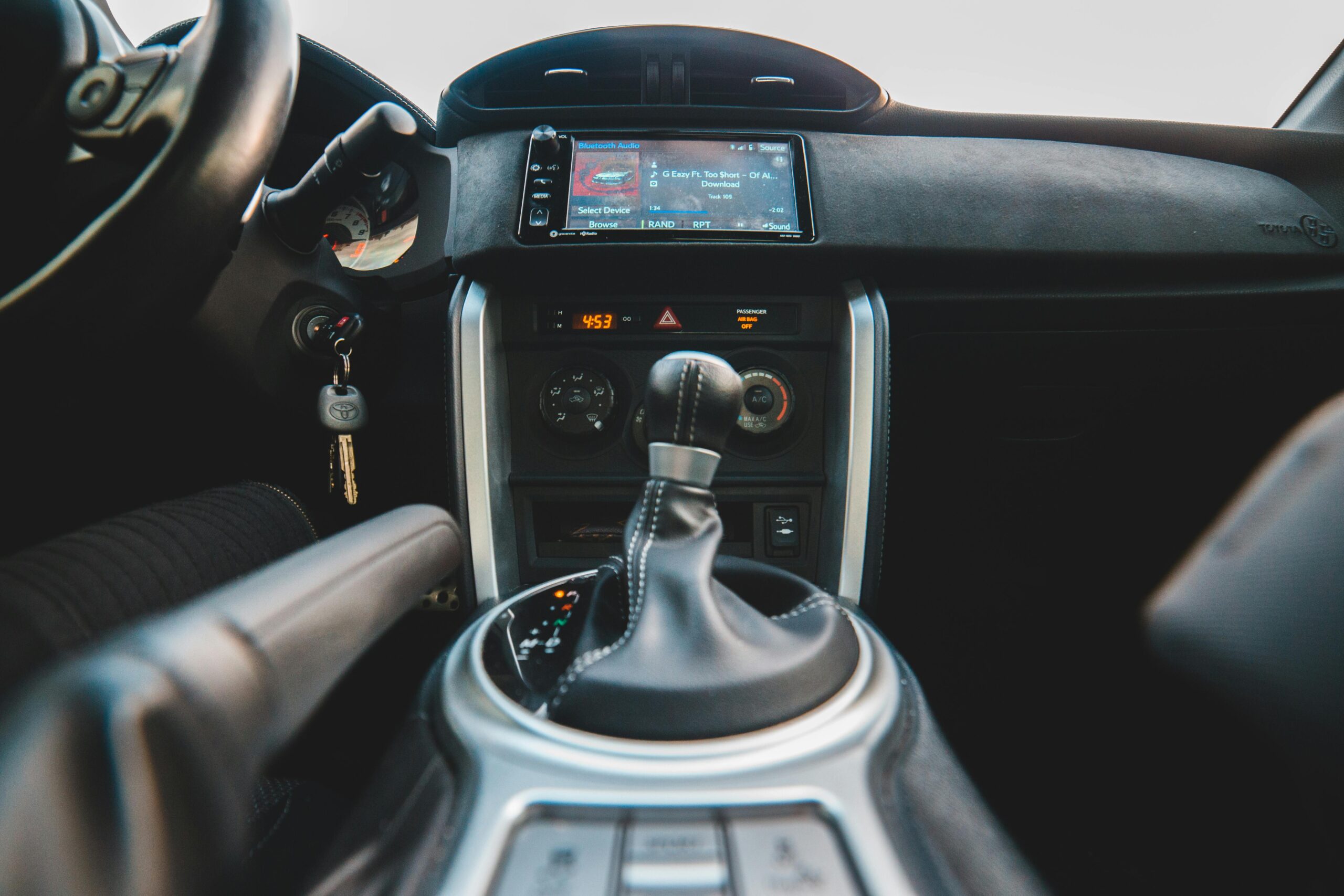In Defense of Manual Transmission: Why Stick Shifts Still Matter
In an automotive world increasingly dominated by automatic transmissions and electric vehicles, the manual transmission, or stick shift, holds a special place in the hearts of many car enthusiasts. Despite being less common today, manual transmission vehicles offer a unique driving experience that many argue is more engaging, rewarding, and fun. This article delves into why stick shifts still matter and why they continue to have a loyal following.
Contents
The Thrill of Control
The primary allure of a manual transmission is the level of control it offers to the driver. Unlike automatics, which handle gear changes on their own, a manual requires the driver to engage physically with the car through the clutch and gear lever. This hands-on approach allows for more direct control over the vehicle’s power and performance, making for a more involved driving experience. For enthusiasts, nothing beats the satisfaction of nailing the perfect gear shift at the right moment.
Enhanced Driving Engagement
Driving a stick shift demands more from the driver than just steering and braking. It requires a constant awareness of the car’s speed, the engine’s RPM, and what gear you should be in. This engagement keeps the driver more connected to the act of driving, turning every trip into an active experience rather than a passive one. For many, this connection makes driving more enjoyable and even more meaningful.
Better Fuel Efficiency and Performance
While modern automatic transmissions have become more efficient, manual transmissions typically still have the edge in fuel economy and performance in comparable vehicles. This is because manual transmissions are generally lighter and have fewer components that consume power. For those looking to maximize their car’s efficiency and responsiveness, a manual can be the way to go.
Reliability and Cost
Manual transmissions are known for their durability and lower maintenance costs compared to their automatic counterparts. With fewer complex components, there’s less that can go wrong, making them a preferred option for those who prioritize reliability and lower ownership costs. Additionally, vehicles with manual transmissions are often cheaper to purchase, making them an attractive option for budget-conscious buyers and enthusiasts alike.
The Joy of Mastery
Learning to drive a manual transmission is a rite of passage for many car enthusiasts. While it can be challenging at first, the process of mastering clutch control and gear selection is incredibly rewarding. The skills required to operate a stick shift well—such as smoothly starting on a hill or downshifting into a turn—give drivers a sense of accomplishment and pride in their driving abilities.
A Niche for Enthusiasts
As automatic transmissions become more prevalent, manual cars have taken on a niche status, especially among car enthusiasts and collectors. Owning and driving a stick shift is often seen as a badge of honor, a way to stand out from the crowd and express one’s passion for driving. This exclusivity has helped create a tight-knit community of manual transmission advocates who cherish the unique driving experience these cars provide.
Preservation of Driving Heritage
Manual transmissions are an essential part of automotive history and culture. They connect drivers to the early days of motoring when all cars were manually operated. For many enthusiasts, driving a manual is about preserving this heritage and keeping the spirit of traditional driving alive. It’s a way to experience the raw essence of motoring, unfiltered by modern technology.
The Future of Manual Transmissions
Despite their decreasing availability, there’s a growing movement among enthusiasts and some manufacturers to keep manual transmissions alive. Limited-run sports cars and special editions often feature manual options as a nod to the enthusiasts who demand them. Furthermore, the rise of electric vehicles, which typically do not require traditional transmissions, has sparked a renewed interest in preserving the manual driving experience as a distinct and cherished aspect of car culture.
Manual transmissions may no longer be the standard in automotive design, but they continue to hold a significant place in the world of car enthusiasts. The unique control, engagement, and satisfaction offered by stick shifts make them more than just a way to change gears—they’re a way to connect deeply with the driving experience. In a time when technology increasingly insulates us from the mechanics of how things work, manual transmissions remind us of the joy found in mastering a skill and the thrill of being actively involved in every moment of the drive.
As we look to the future, it’s clear that manual transmissions will remain a beloved part of car culture, celebrated for their ability to enhance the driving experience in a way that technology cannot replicate. Whether for their performance advantages, the joy of mastery, or the preservation of driving heritage, stick shifts will always have their defenders, ensuring that this timeless skill is not forgotten in the age of automation.

